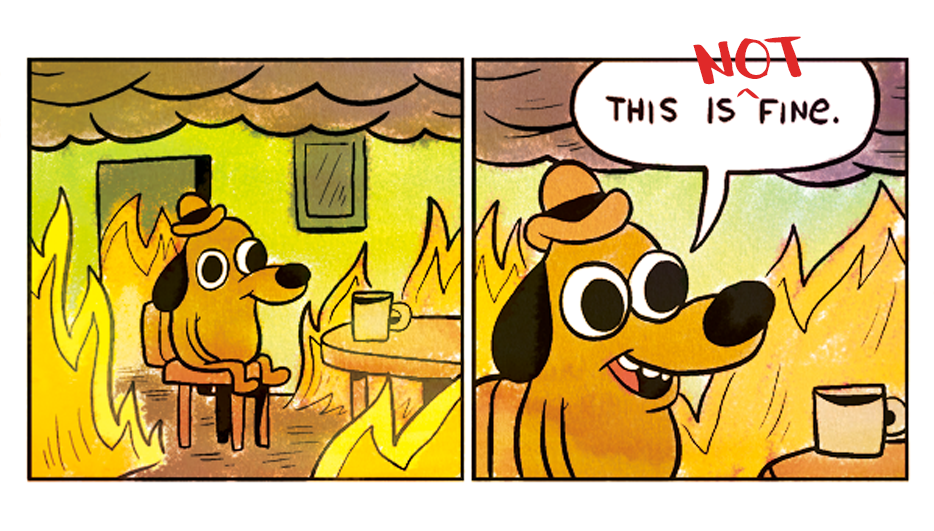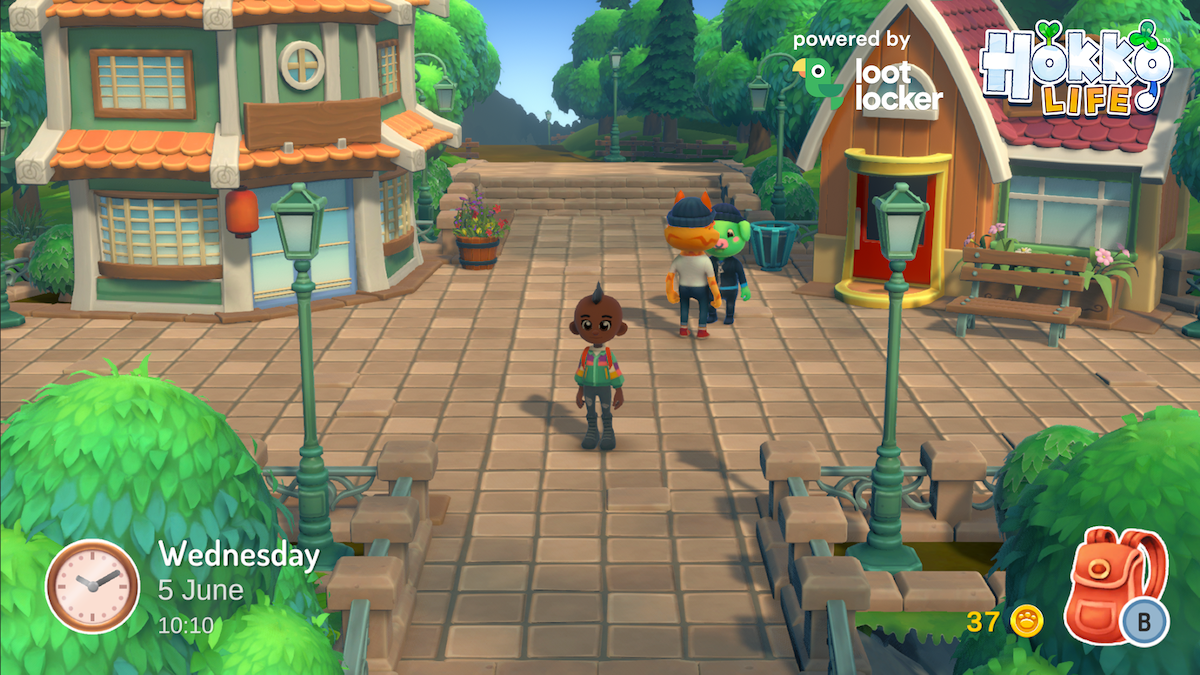· 7 min read
What to Expect When Your Game Turns Into a Viral Hit

Alexander Bergendahl
Co-founder and CEO of LootLocker
Every game developer hopes to see their game hit the top of the charts. The thrill of seeing people play it on the train, glowing reviews in gaming outlets, and your own section on Twitch. (The increased revenue doesn’t hurt, either.) But nobody really prepares you for success. What happens when you get that surge of new players and become so popular that even non-gamers have heard about you?
With great success comes great responsibility. The more players you have, the more pressure you’re under to improve the game, add new content, fix bugs and keep the game alive. It’s a tough gig and one game can easily turn into an entire career.

And there are quite a few tasks you’ll need to take care of behind the scenes.
What goes on behind the scenes?
This isn’t an exhaustive list, by any means. But here are the top things you’ll need to consider.
1. Respond to your players
People are going to reach out to you in every way possible. Email. Discord. Twitter. Some will be praising you, others will be complaining. You need to make sure you’re responding to these messages and dealing with any issues.
This is especially important if you have any in-game economy or items they can purchase. Your players might have problems accessing new content or want a refund. Make sure you have the tools necessary to sort these things out.
2. Keep your servers online
A sudden surge of players can tax even the most robust systems. If you have a multiplayer game, it’s even more vital that these servers stay active. Make sure you have a way to scale your servers and cope with the pressure.
Think about how you’ll cope with the cost, too. If you suddenly need to switch on a dozen new servers across the world, it’s going to be expensive. You need to understand how those costs will increase.

3. Keep creating content
Demand for a popular game will fizzle out if it’s not consistently fresh. You don’t need to drop a big update every week, but you do need to set a schedule. Let your players know what’s on the horizon, how long it’s going to take and make sure to follow through.
A good tactic is to have something prepared before you launch. Have your next idea at least partly finished, ready to release – perhaps for the next major holiday event. This not only gives you a slight reprieve, but it also gives you an idea on how long it takes to create new content. That way, you can make more accurate promises to your players, without needing to go into crunch mode.
Even better, give your players a way to add their own content. Let them share it in game and keep themselves busy. Modding communities are fantastic at keeping a game alive.
4. Balance the game
When you reach critical mass, you’ll find that you receive a lot of feedback around game mechanic balancing. People will complain about characters being overpowered, levels being too hard or bugs that realistically only happen if you’re trying to break the game. Even if these complaints are small, their voices are loud. And you’ll need to address them.
Being able to make changes on the go, without a huge update, makes it much easier to keep your game balanced while you’re in the spotlight.
5. Expand onto different platforms
Once your game goes viral, you’ll soon have players demanding it on new platforms. You’ll want to release your game on everything, it’s only natural. But make sure you don’t overcommit too early. And make sure you’ve set up the tools to let people transfer their progress from one platform to another. It’s unlikely they’ll want to start from scratch.
That’s a lot to do. So while you’re developing new content, adding in new mechanics and responding to your community, who’s going to work on all the fiddly tasks? Well, that’s where a backend system comes in.
What’s a backend service?
A backend solution is typically called Backend-as-a-service (BaaS). It’s a set of out-of-the-box services that cover the most common features and tools that you’ll need. They free you up to focus on developing your game, rather than reinventing the wheel. Think of a BaaS as the game engine for everything that isn’t actually the game.
By using a BaaS, you can quickly roll out features without worrying about whether it’ll cope with a huge surge of players. (In fact, some even come with surge protection, so you’re not hit with a big bill at the end of the month.) And you don’t need to worry about maintaining or improving it all, either.
Typically, backend services include a bunch of different features. Things like leaderboards and achievements, game content management like cosmetics or currencies, and ways to track and manage your players progress in your game. Let’s look at a few in a bit more depth.
1. Manage your player accounts
Every player will need a profile that stores their inventory, what they’ve bought from the store, their story progress and their basic information. All the essential things to make sure they can play the game, but also so you can deal with any complaints. This is particularly important if you want them to use the same account across platforms. With modern backends, players don’t need to login manually to the backend – this is all handled behind the scenes using their platform ID as an identifier.
2. Release new content (or tweak existing content)
Add new DLC, cosmetics, levels, even items. You can easily release or unlock these without needing to push out a big update on the app store. Use this to your advantage to keep the game always feeling fresh, and time updates with seasons or global holidays.
Don’t forget that a backend also lets you tweak existing content on the fly. They can include game settings that could tweak gameplay balancing for characters, levels, or anything else in your game. Use this to your advantage in case you find out an area of your game is too challenging for your players.
3. Let your players create, too
User-generated content is fantastic. But how do you moderate them? A good BaaS will give you tools for checking they’re appropriate as well as ways to curate the content so your players can find all of the best content. This is particularly important these days as players are both bound to create a few pieces of content that are off-color – to say the least – but also create such amazing content that can go viral on their own!
Integrate a backend early
It’s tempting to put off implementing a backend system, thinking that you can deal with it when you have enough players to justify the time. But you can never predict when a surge of players will come in. That’s why it’s called a surge. A single Twitch stream or a review at just the right time, can suddenly catapult you into the spotlight. And by then, it’s too late.
If you don’t have your backend set up, neither you or your game will be able to handle it. Servers will go down. Bugs will go unfixed. And your players will grow frustrated and bored. It’s hard to fix a reputation, once it’s damaged. Even if you do, it’s extremely unlikely that lightning will strike twice.
So it’s really important that you make sure you at least talk to a BaaS before your game explodes, or even better – before you even launch. Make sure everything is set up, and you’ll be fine.
Try out LootLocker – for free!
Not to blow our own trumpet, but we reckon our backend service is pretty great. So if you’re interested in using LootLocker for your game, please go ahead and sign up for a free account – or reach out to us over email or Discord with any questions. We do all the things we’ve talked about here, and then some. Check us out.